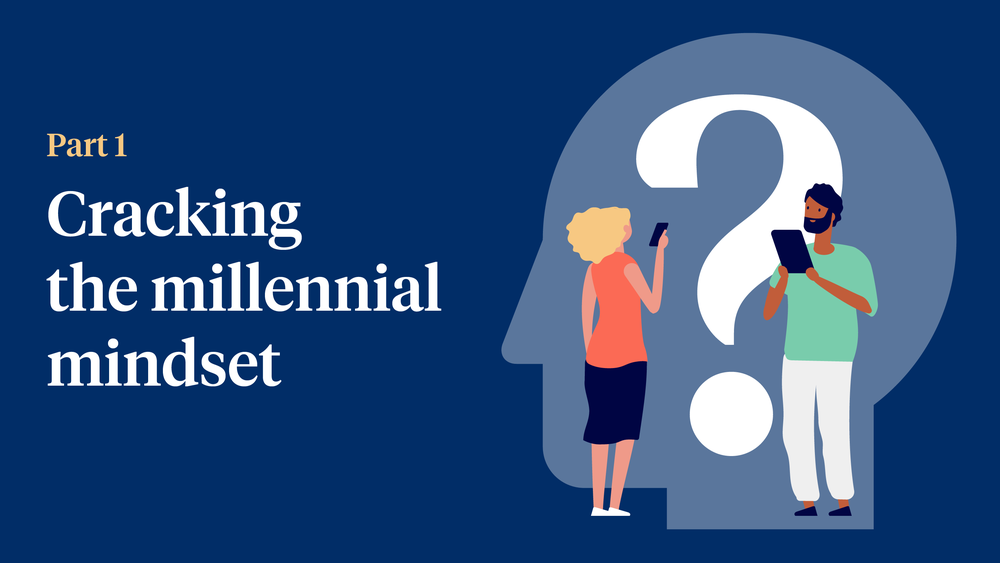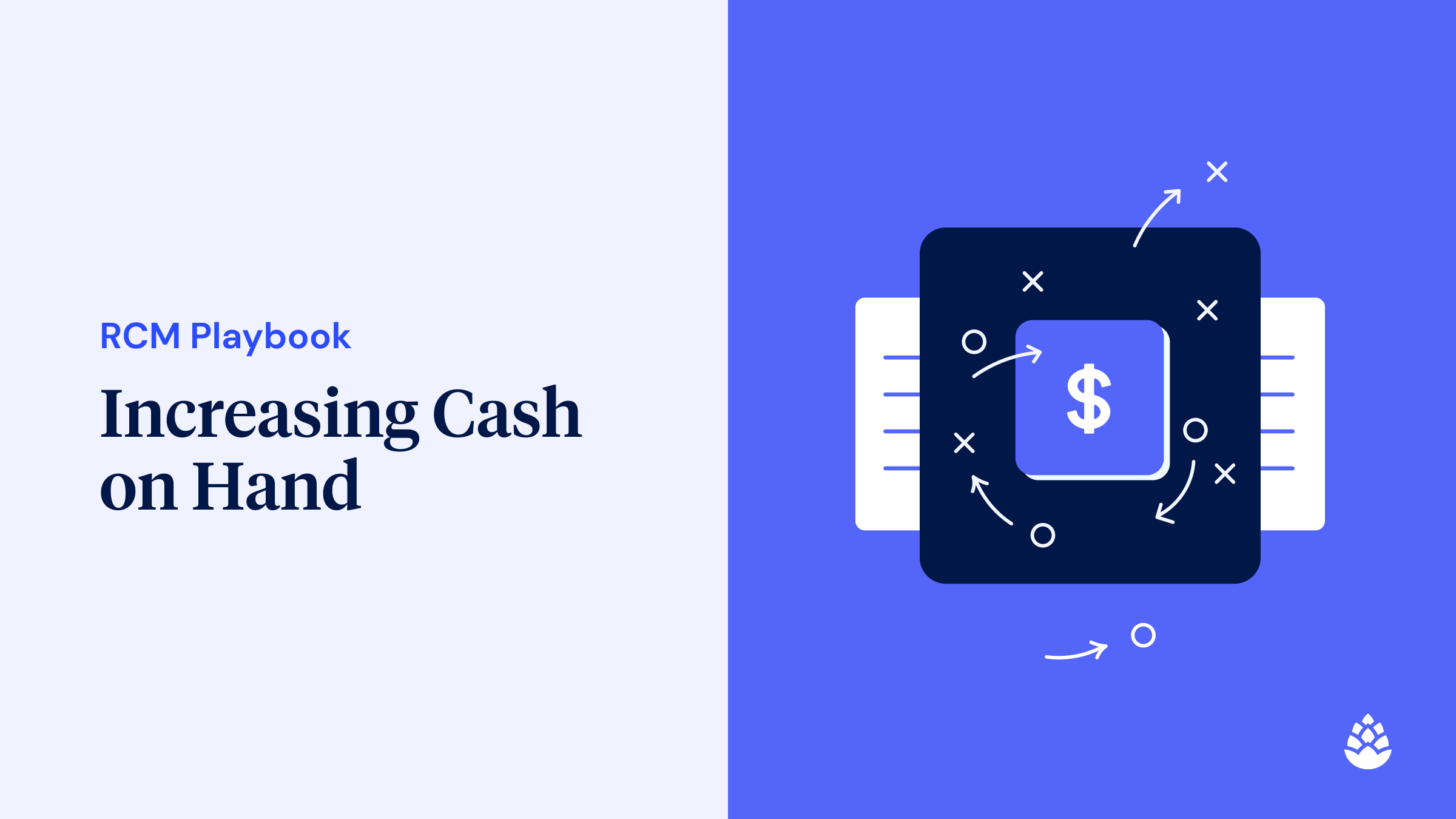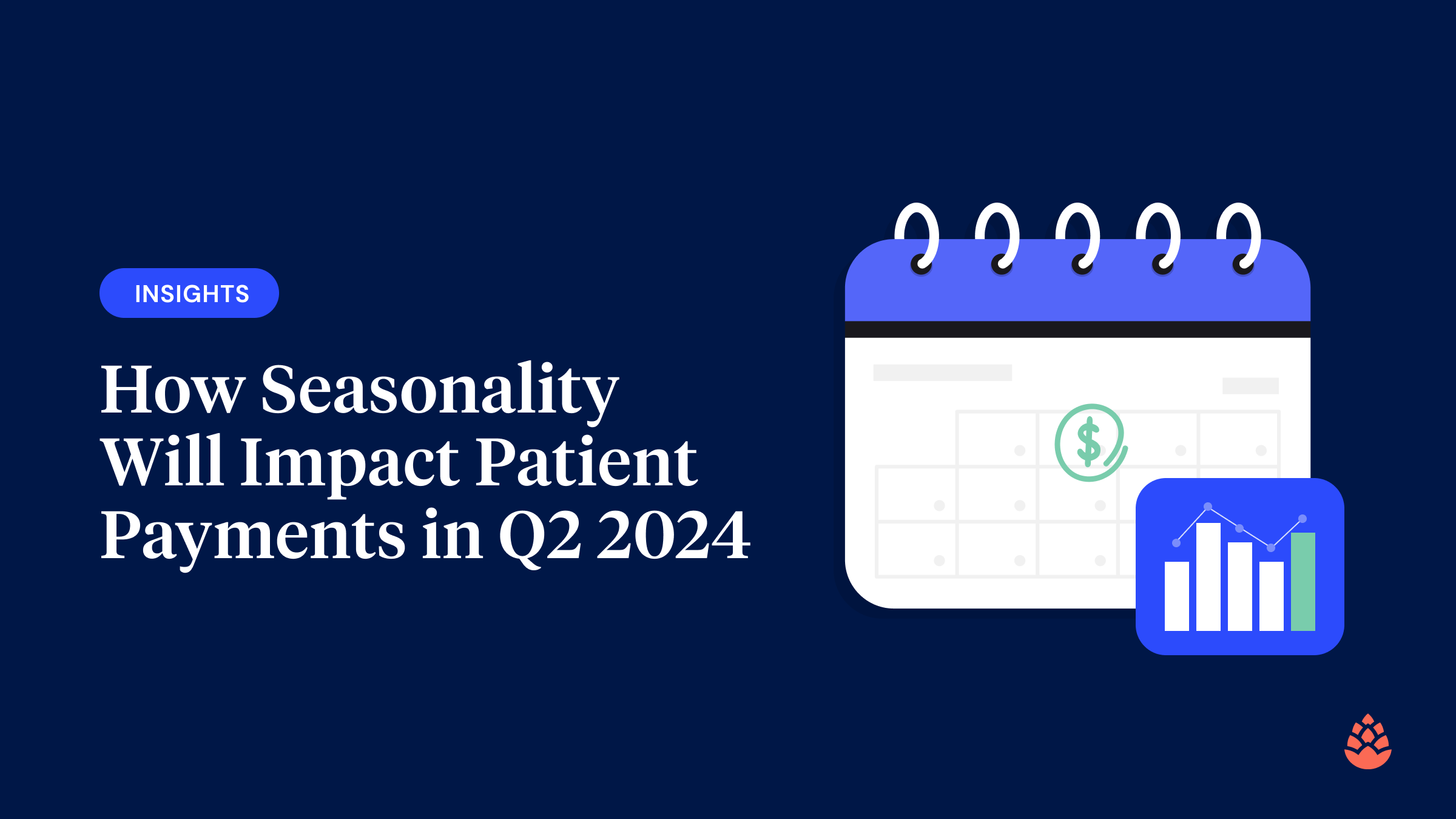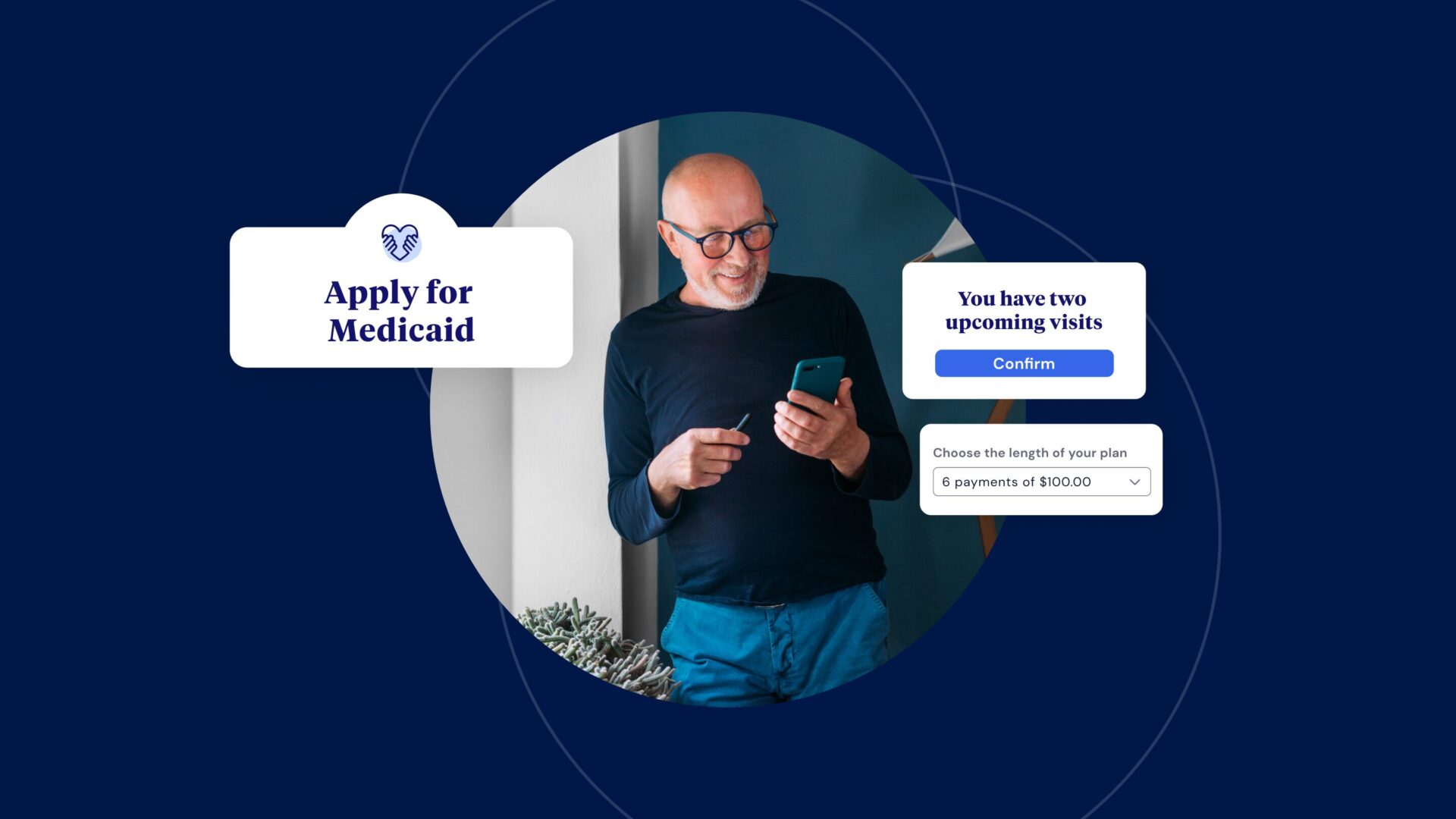Three years ago, I got hit by a car while riding my bicycle. Luckily, I (and my bike!) was okay, with only a fractured fibula and some bent spokes to show for it. The most stressful part of it all was not the ER, the X-rays, or the physical therapy, but the big pile of medical bills I had to face afterwards. The bills were hard to understand and even harder to pay. It’s 2020—how is it that I am still required to mail a check or remember a 12-digit code for a portal?
As it turns out, I’m not alone in my frustration. One in three Americans don’t think that hospitals or physician groups have done enough to improve patient billing or payment processes. And millennials (like me) are much more likely to feel this way.

The good news? As a product design lead at Cedar, I now get to tackle this challenge head-on and design the most patient-friendly billing possible. At Cedar, our team of designers, product managers and data scientists create financial engagement technology that’s better for patients and healthcare providers alike. Our work is never done; we are continuously researching, re-designing and experimenting to improve the patient financial experience and increase net patient collections in the process.
We use data to tell us where we can have the highest impact. That’s why we chose to focus specifically on millennials in our latest human-centered design research project in collaboration with IDEO, the preeminent global design firm best known for creating the Apple mouse.
Millennials are less likely to pay their healthcare bills than any other age group. We know that millennials are also the most likely to adopt digital health tools out of all age groups, so we really wanted to understand why they weren’t paying. If we could understand the reasons why and tease out the different patterns of millennial behavior, we could better serve these patients. And if we could solve billing issues for this trickiest group of patients, then we could improve the healthcare financial journey for all patients, which in turn, also benefits the hospitals providing care.
Over the next few weeks, members of our design and data-science team will share key insights from the Cedar-IDEO research in a series of blogs. We’ll explain why millennial patients behave the way they do, segment patterns of payment behavior and share the results of real experiments designed to create a better patient experience.
Our methodology:
- We conducted a series of in-depth interviews with millennial patients of different profiles to get a deeper understanding of why, when and how they interact with their medical bills. We talked with young parents on ACA plans, single twenty-somethings with big dreams but no insurance coverage, underinsured creatives who live with their parents, immigrants with Medicaid and chronic conditions, well-paid managers with the best insurance and even an attorney who lives alone with his three birds in Queens. We want to make sure our product is accessible to all kinds of patients, so we needed the perspectives of a diverse group of people.
- Following the individual interviews, we also held “whine and dine” small group dinners with subjects to really dig into their collective pain points and thoughts on the patient financial experience. In one such exercise, we asked people to rank who/what they trusted the most in their financial dealings. What we found: most people rank their moms as most trusted. Healthcare was pretty far down the list.
- In tandem, we held analogous research sessions with leading experts to gather transferable lessons about psychology and human behavior to apply to patient financial engagement, including finance experts, behavior and social scientists and even an FBI hostage negotiator (yes, this was as cool as it sounds).
Our questions:
At Cedar, our guiding design question is always: How might we make medical bills feel as thoughtful and empathetic as patient care?
To do this, we needed to know:
- How do people trust?
- Why do certain patients pay or not pay?
- How do these patients differ from each other in their patterns of behavior?
In the next blog in this series, I’ll tackle question one and take you on a deep dive into the ways that people trust with expert lessons we gained from an FBI hostage negotiator. In the following blog, our Head of Design Amy Stillman will focus on answering questions two and three and share why patients act in the ways they do with insights gleaned from our extensive behavioral interviews.
If you’d like to receive updates and alerts as new posts are published, click here to join the Cedar mailing list.

Diana Ye is Director of Product Design at Cedar, using people-first design to help humanize healthcare. Previously, she has designed products for Oracle, Boston Children’s Hospital, and startups at the intersection of healthcare, data and science. Diana originally went to MIT to study brains and become a doctor, but realized she would rather use this knowledge to create great tools for people, so she became a designer instead.



